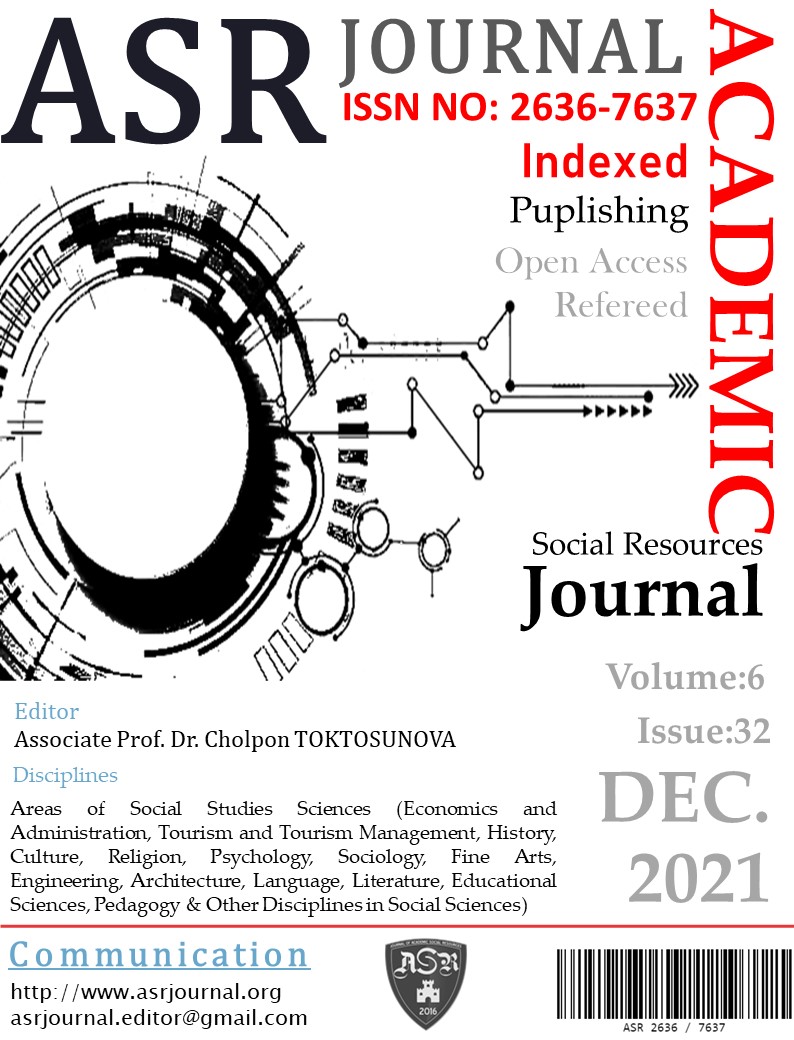Author :
Abstract
The small scale of the training content allows participants to access the content easily, at their own pace, and most importantly, at the appropriate time. On the other hand, the fact that nano-learning is more focused increases permanence by preventing unnecessary information confusion. As the content focuses on several learning objectives, the students can reach what they look for. In the study it is aimed to determine whether nano-learning or micro-learning is effective fort he students who are bored with traditional distance ecucation. We gathered information about nano-learning and tried to find out availability, usability and applicability of Nano-learning for those who have difficulties concentrating on courses in classroom environment. It is concluded that the primary purpose of nano courses is to impart a large amount of useful information in a short time. This is particularly appropriate in the context of continuous learning, as a person can constantly acquire new information without having to spend a lot of time. It is concluded that there is a great decrease in the attention span of students, and therefore nano-learning becomes more applicable in our coutry.
Keywords
Abstract
The small scale of the training content allows participants to access the content easily, at their own pace, and most importantly, at the appropriate time. On the other hand, the fact that nano-learning is more focused increases permanence by preventing unnecessary information confusion. As the content focuses on several learning objectives, the students can reach what they look for. In the study it is aimed to determine whether nano-learning or micro-learning is effective fort he students who are bored with traditional distance ecucation. We gathered information about nano-learning and tried to find out availability, usability and applicability of Nano-learning for those who have difficulties concentrating on courses in classroom environment. It is concluded that the primary purpose of nano courses is to impart a large amount of useful information in a short time. This is particularly appropriate in the context of continuous learning, as a person can constantly acquire new information without having to spend a lot of time. It is concluded that there is a great decrease in the attention span of students, and therefore nano-learning becomes more applicable in our coutry.
Keywords
- ARIST (2017). Impactful case studies. https://www.arist.co/case-studies
- ARIST (2017). Impactful case studies. https://www.arist.co/case-studies
- Branch, R. M. (2018). Characteristics of foundational instructional design models. In R. A. Reiser & J. V.Dempsey (Eds.), Trends and issues in instructional design and technology (4th ed., pp. 23–30). New York, NY: Pearson Education
- Davidson-Shivers, G. V., Rasmussen, K. R. & Lowenthal, P. R. (2018). Web-Based Learning: Design, Implementation and Evaluation. Second Edition, Springer, USA.
- Drakidou C., (2018) Microlearning as an Alternative in lifelong eLearning. MA Dissertation. Aristotle University of Thessaloniki School of Italian Language and Literature
- Fahey, J. & Ramos, M. (2015). Nano-Learning: An Exciting New Tool for Professional Development. AAA (Association for Accounting Administration), May 2015, Ohio
- Kayalar, M. T. (2021). Perspectives of University Students on the Efficiency of Synchronous and Asynchronous Learning. Spring 2021: JELPS EYFOR Special Issue
- Kayalar, F. & Kayalar, F. (2020). Sub-model of blended learning: Flipped classroom model. Journal of Social and Humanities Sciences Research, 7(63), 3790-3796.
- Lee, Y. M., Jahnke, I., & Austin, L. (2020). Mobile microlearning design and effects on learning efficacyand learner experience. Education Tech Research Development, 69(1), 885–915. https://doi.org/10.1007/s11423-020-09931-w
- Longworth, N. (2018). Making Lifelong Learning Work (1st Ed.). Routledge. https://doi.org/10.4324/9781315042084
- Madan, N. (2021). Nano Learning - The Futuristic Approach to Education. International Journal of Innovative Research in Technology. October 2021, Volume 8, Issue 5.
- Masie, E. (2018). Immersive Realities for Learning and Performance. Tech Learning, 2018, USA.
- McCombs, B. (2015). Learner-centered online instruction. New Directions for teaching and learning, no.144. Published online in Wiley Online Library (wileyonlinelibrary.com). DOI: https://doi.org/10.1002/tl.20163.
- NASBA (2017). Nano Learning Stars at CPE Summit. National Association of State Boards of Accountancy. https://nasba.org/blog/2017/10/20/nano-learning-stars-at-cpe-summit/





